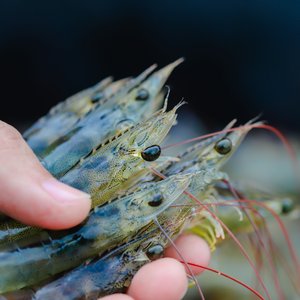A study performed by the Research Institute of the Peruvian Amazon (IIAP), together with French and Spanish researchers, achieved important advances for the feeding of early stages of Neotropical catfish (Pseudoplatystoma punctifer), which will soon allow its commercial production in captivity. This is an important species for feeding the Amazonian population, with potential for the aquaculture market.
The study found important information on the development of the digestive function that will help understand the nutritional needs during early life stages (larvae and early juveniles), said Diana Castro Ruiz, researcher at IIAP. Results suggest that Neotropical catfish could present an omnivorous feeding behavior with a carnivorous preference during the early life stages.
The study suggests that larvae are ready for exogenous feeding four days post fertilization (dpf) and reach maturity between 10 and 13 (dpf), when larvae have a digestive system characteristic of an adult and are ready to be fed with more complex diets.
“The research will allow us to propose an optimized feeding protocol, adapted to the digestive capacities in the early stages of this species, aimed at improving production and quality of fingerlings and finally introduce this species to the commercial market,” Castro Ruiz revealed. “Likewise, the techniques applied in the study are very useful to develop studies with other fish species with economic and commercial potential for Amazonian aquaculture, contributing to the development of new production chains and aquaculture diversification in the Amazon.”
Check out the study here.













